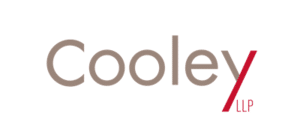- POWERPOINT PRESENTATIONS
- INTERACTIVE MULTIMEDIA PRESENTATIONS
- 3D ANIMATIONS
- TRIAL BOARDS
- EXHIBIT PRODUCTION
With an appreciation of the benefits of a visual learning model, our focus is to help our clients identify the key case concepts jurors need to learn and then develop trial graphics that educate and persuade them from opening statement, through witness testimony and closing argument. Like our Jury Consulting practice, we stress the importance of ensuring that any demonstrative we are creating meets an objective that has been carefully thought out beforehand. Although we pride ourselves on our creativity, we shun “bells and whistles” – creativity is best expressed with simple, clear ways of visually conveying complex issues or arguments. By integrating jury research and persuasive graphics under one roof, our clients can be assured that they are armed with a trial strategy that has not only been rigorously tested and refined, but is also complemented by persuasive visuals to clarify necessary issues and advance key arguments.
In developing trial graphics, Empirical Creative adheres to four core principles:
Education before argument.
Graphics should complement the message, not replace it.
Graphics technology should be used with purpose.
Visually, less is more.
GRAPHIC SAMPLES
We invite you to take a look at some of our trial graphic samples.
“Jim and Dave provided me with tremendous support on a criminal prosecution in a complicated securities fraud trial. Their research was exceptionally thorough, they understand what arguments persuade juries and they can simplify complex arguments so that jurors truly understand and remember your core theories.”

